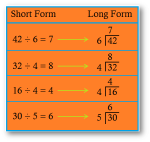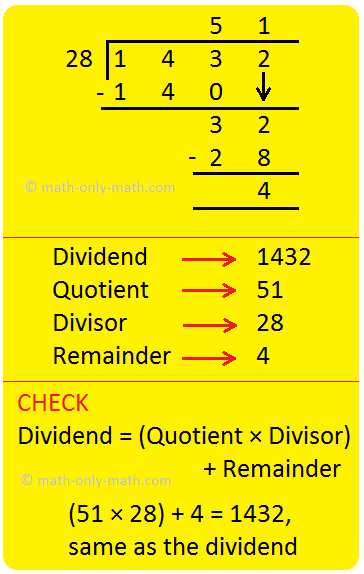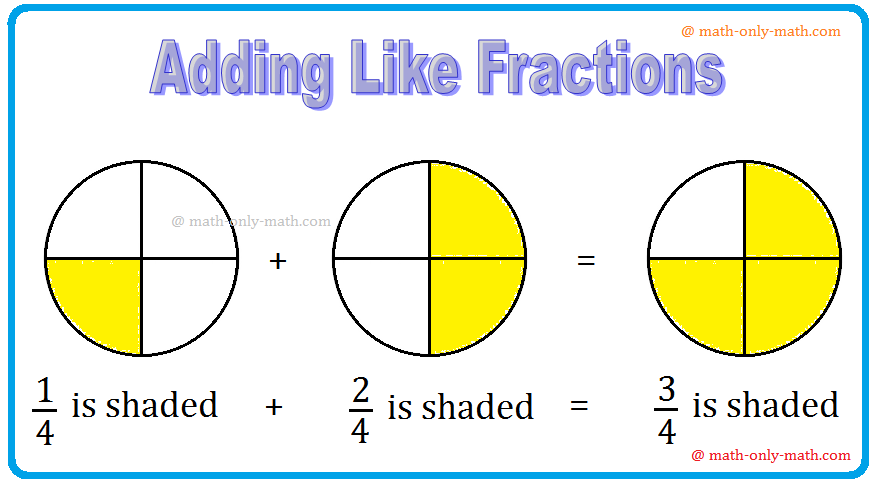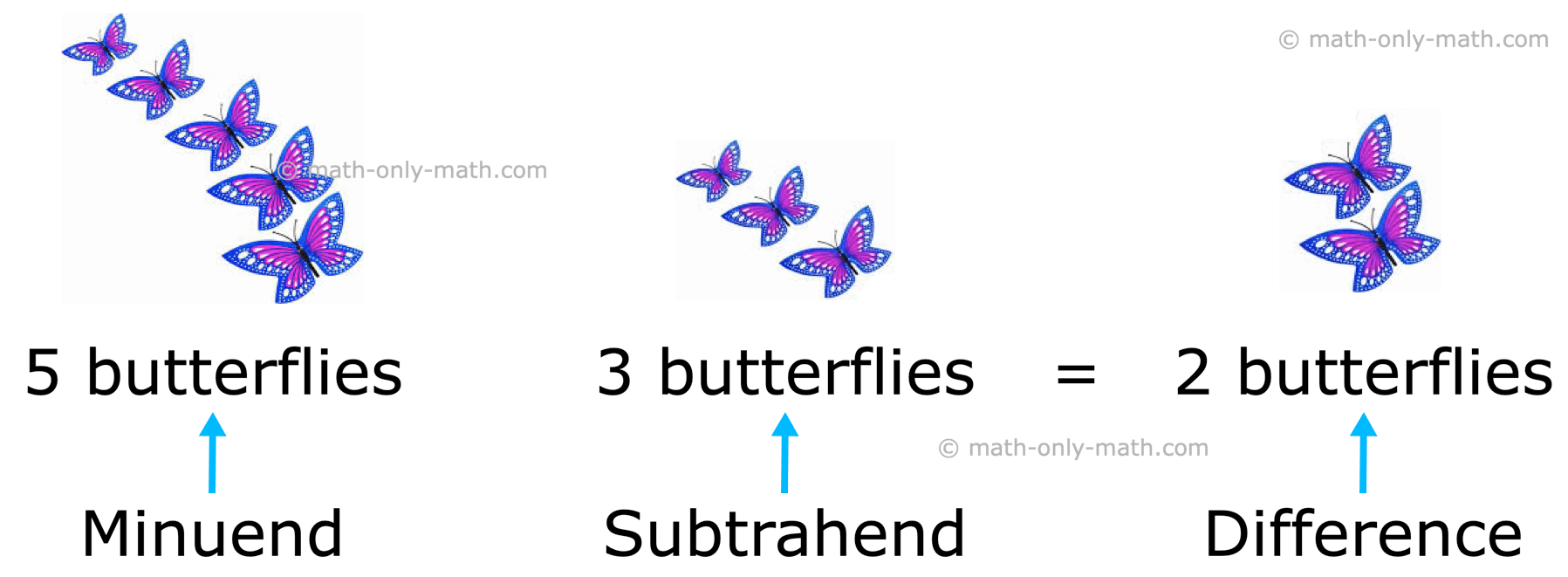Conversion of Standard Unit of Length
We use the metric system of measurement. The basic units to measure length or distance is metre, kilometre and centimetre. Kilomitar is the largest unit of length.
1 metre = 100 centimetres or 1 m = 100 cm
1 centimetre = 1100 metre or 1 cm = 1100 m
1 kilometre = 1000 metres or 1 km = 1000 m
For the conversion of standard unit of length the relation between the three units are given below:
1 kilometer = 1000 meters
1 meter = 100 centimeters
Thus,
(i) To convert centimeters (cm) into meters (m), the number of cm is divided by 100.
(ii) To convert kilometer (km) into meters (m), the number of km is multiplied by 1000.
There are other units also for measuring length. A very small length is measured in millimeters (mm).
In between centimeter and meter there is a unit of measuring length named decimeter (dm). It is 10 times of a centimeter.
1 decimeter = 10 centimeters (1 dm = 10 cm)
and, 10 decimeters = 1 meter (10 dm = 1 m)
Now, 10 mm = 1 cm (1 cm = 10 mm)
10 cm = 1 dm (1 dm = 10 cm = 100 mm)
10 dm = 1 m (1 m = 10 dm = 100 cm = 1000 mm)
1 km = 1000 m = 100000 cm
On the basis of these facts, one type of unit is converted into another.
It is the 10th part of a centimeter, i.e., 10 mm = 1cm or 1 cm = 10 mm.In between centimeter and meter there is a unit of measuring length named decimeter (dm). It is 10 times of a centimeter.
1 decimeter = 10 centimeters (1 dm = 10 cm)
and, 10 decimeters = 1 meter (10 dm = 1 m)
Now, 10 mm = 1 cm (1 cm = 10 mm)
10 cm = 1 dm (1 dm = 10 cm = 100 mm)
10 dm = 1 m (1 m = 10 dm = 100 cm = 1000 mm)
1 km = 1000 m = 100000 cm
On the basis of these facts, one type of unit is converted into another.
Worked-out problems on conversion of standard unit of length:
1. Convert the following into centimeters:
(i) 4 m
Solution:
4 m
To convert ‘m’ into ‘cm’, the number of meters is multiplied by 100. The product followed by ‘cm’ is the result.
= (4 × 100) cm
= 400 cm
(ii) 10 m
Solution:
10 m
To convert ‘m’ into ‘cm’, double zeroes (00) are added after the number of meters and unit ‘cm’ is added to it instead of ‘m’.
= (10 × 100) cm
= 1000 cm
(iii) 15 m
Solution:
15 m
To convert ‘m’ into ‘cm’, the number of meters is multiplied by 100. The product followed by ‘cm’ is the result.
= (15 × 100) cm
= 1500 cm
2. Convert the
following into centimeters:
(i) 3 m 55 cm
Solution:
3 m 55 cm
First ‘3 m’ is converted into ‘cm’ and then given ‘cm’ is added to it.
= (3 × 100) cm + 55 cm
= 300 cm + 55 cm
= 355 cm
(ii) 17 m 8 cm
Solution:
17 m 8 cm
First ’17 m’ is converted into ‘cm’ and then given ‘cm’ is added to it.
= (17 × 100) cm + 8 cm
= 1700 cm + 8 cm
= 1708 cm
(iii) 6 m 67 cm
Solution:
6 m 67 cm
First ‘6 m’ is converted into ‘cm’ and then given ‘cm’ is added to it.
= (6 × 100) cm + 67 cm
= 600 cm + 67 cm
= 667 cm
3. Convert the following into metre and centimeters:
(i) 736 cm
Solution:
736 cm
To convert ‘cm’ into ‘m’ and cm, the first two digits from the right are taken as ‘cm’ and the rest is written as ‘m’.
= 7 m 36 cm
(ii) 1875 cm
= 18 m 75 cm
(iii) 305 cm
= 3 m 05 cm or 3 m 5 cm
4. Convert the following into meters:
(i) 8 km
Solution:
8 km
As, 1 km = 1000 meters so to convert kilometers into meters, the number of km is multiplied by 1000 or three zeroes are placed after the number of km and meter is written in place of km.
= (8 × 1000) m
= 8000 m
(ii) 3 km
= (3 × 1000) m
= 3000 m
(iii) 6 km
= (6 × 1000) m
= 6000 m
5. Convert the following as required:
(i) 5 km 325 m into meters
Solution:
5 km 352 m
= (5 × 1000) m + 325 m
= 5000 m + 325 m
= 5325 m
(ii) 15 dm 7 cm into centimeters
Solution:
15 dm 7 cm
= (15 × 10) cm + 7 cm
= 150 cm + 7 cm
= 157 cm
[Since, 1 dm = 10 cm]
6. Convert the following:
(i) 3 km 315 m into meters
Solution:
3 km 315 m
= (3 × 1000) m + 315 m
= 3000 m + 315 m
= 3315 m
(ii) 5006 m into kilometre
Solution:
5006 m
= (5006 ÷ 1000) km
= 5 km 006 m
= 5 km 6 m
(Since, first three digits number is taken for metre and the rest for km)
(iii) 375 cm into decimeters
Solution:
375 cm
= (375 ÷ 10) dm
= 37 dm 5 cm
(Since, 10 cm = 1 dm, so the first one digit from right is for ‘cm’ and therest for ‘dm’)
(iv) 2 m 5 dm into decimeters
Solution:
We know, 1 meter = 10 decimeters
2 m 5 dm
= (2 × 10) dm + 5 dm
= 20 dm + 5 dm
= 25 dm
We know the relation between the units of length on that basis we will solve more problems as required for the conversion of standard unit of length.
● Related Concepts
From Conversion of Standard Unit of Length to HOME PAGE
Didn't find what you were looking for? Or want to know more information about Math Only Math. Use this Google Search to find what you need.
Recent Articles
-
How to Do Long Division? | Method | Steps | Examples | Worksheets |Ans
Apr 24, 25 10:18 AM
As we know that the division is to distribute a given value or quantity into groups having equal values. In long division, values at the individual place (Thousands, Hundreds, Tens, Ones) are dividend… -
Division by Two-Digit Numbers | Knowledge of Estimation | Division
Apr 24, 25 10:12 AM
In division by two-digit numbers we will practice dividing two, three, four and five digits by two-digit numbers. Consider the following examples on division by two-digit numbers: Let us use our knowl… -
Addition of Decimals | How to Add Decimals? | Adding Decimals|Addition
Apr 24, 25 01:45 AM
We will discuss here about the addition of decimals. Decimals are added in the same way as we add ordinary numbers. We arrange the digits in columns and then add as required. Let us consider some -
Addition of Like Fractions | Examples | Videos | Worksheet | Fractions
Apr 23, 25 09:23 AM
To add two or more like fractions we simplify add their numerators. The denominator remains same. Thus, to add the fractions with the same denominator, we simply add their numerators and write the com… -
Subtraction | How to Subtract 2-digit, 3-digit, 4-digit Numbers?|Steps
Apr 23, 25 12:41 AM
The answer of a subtraction sum is called DIFFERENCE. How to subtract 2-digit numbers? Steps are shown to subtract 2-digit numbers.






New! Comments
Have your say about what you just read! Leave me a comment in the box below. Ask a Question or Answer a Question.